When you walk into any of the one-room schoolhouses in Western Monmouth County, you are instantly transported to a different time. You smell the wood, you see the wood burning stove, you view a painting or bust of President Abraham Lincoln, you sit in the small wooden desks of varying size. Plus, if you’re fortunate, you see historic interpreters dressed in period garb who are ready to delve into the history of the area.
During the One Room Schoolhouse Tour of Western Monmouth County held in the spring, six schoolhouses were open to the public in a self-drive tour.
Maureen O’Connor Leach, who is one of the commissioners on the Monmouth County Historical Commission as well as treasurer of the Country Schools Association of America, has an interest in history and education and thus organized this tour with the assistance of representatives of the Freehold Township Heritage Society and the Freehold Township Preservation Commission.
She is an attorney by trade, but spent 25 years as an historical interpreter and managing historic accounts. She is also part of the New Jersey Living History Advisory Council.
“Due to the diligent work of several historic societies all of these buildings have been carefully restored and display many period artifacts including vintage desks, class attendance lists and photographs from bygone eras, as well as original architectural details,” O’Connor Leach said. “These edifices remain a testament to the importance our forebearers placed on the need for education in the 18th, 19th and early 20th centuries.”
Generally, the rule was that a school had to be built on the corner of a farm and be within two miles of the children in the area so they could walk to school, she said. Most of the farmers were from Europe and had no formal education, so they wanted their kids to attend school and then take over the farm. A lot of the buildings moved when the farmer’s kids grew up and moved away.
“A building is preserved almost by accident as a function of history,” O’Connor Leach said.
Each schoolroom had a bell that would ring one hour prior to the start of the school day so that kids had an hour to walk, and then rung at the end of the day so parents could expect their arrival back home.
There were separate entrances for boys and girls, and though they shared the space inside, they usually stayed on separate sides of the poles. Kids of any grade were taught together by one teacher, who was usually male; if they were female, there were stricter rules for their responsibilities (the way they dressed, etc.). And the teachers were generally paid by the community, not the townships.
The Georgia Schoolhouse, located at 300 Georgia Road in Freehold Township, sits on a parcel of land that was granted to the township from the proprietors of East Jersey in 1735. The property was granted by King George with a stipulation that it always be used for educational or religious purposes.
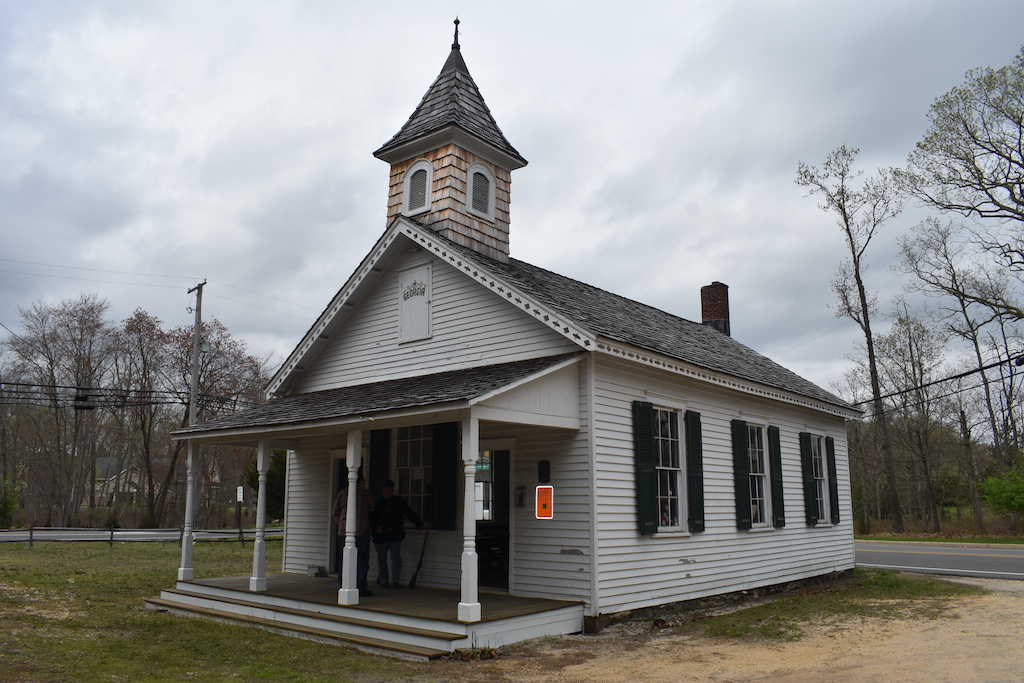
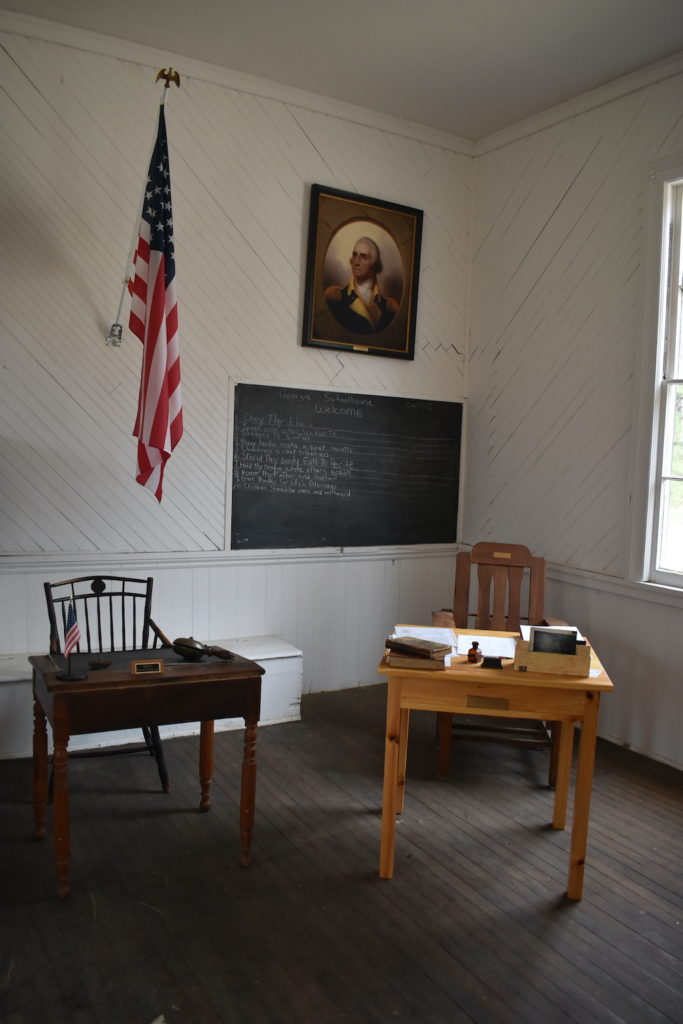
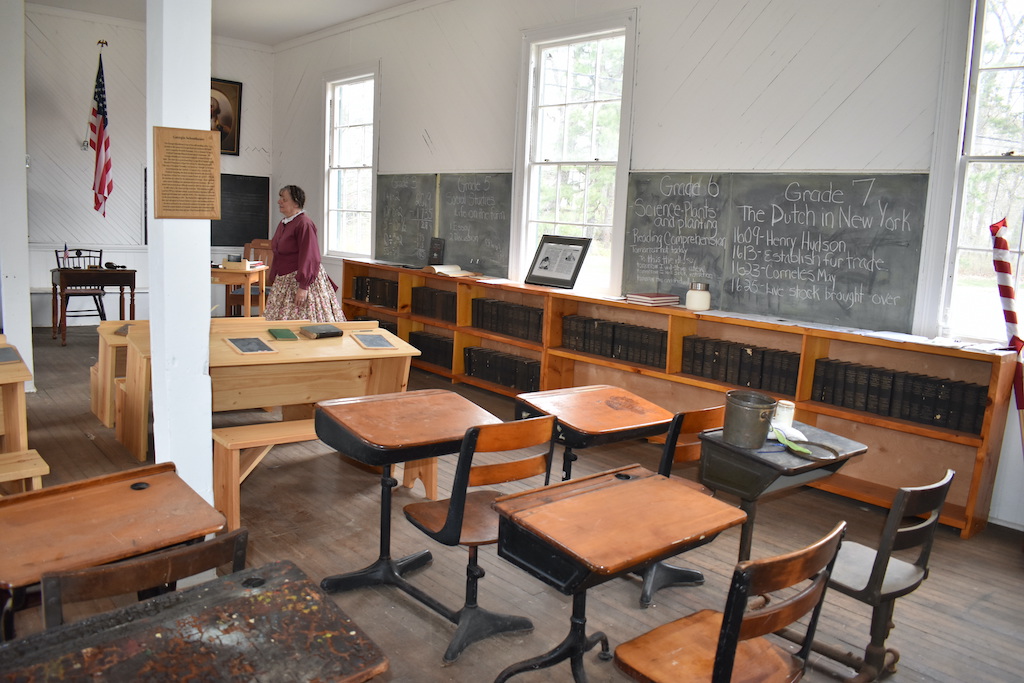
Legend has it that the Georgia Schoolhouse in Freehold Township originated from a grant of some 40 acres made by King George of England in 1735. It is the oldest remaining school in the township.
The original schoolhouse on this site was a log cabin which was replaced after a fire around 1820 by a wooden structure slightly smaller than what stands there today. In 1862, that building was replaced with the current structure. The wood to build the school was harvested from the trees on the original school lot.
The school operated from 1735 until 1935 in the state’s ninth school district. Reopened in 1950 as a school for special needs children, this is the oldest remaining school in the township.
The West Freehold School, located at 209 Wemrock Road in Freehold Township, was originally known as the West Freehold Seminary and Collegiate Institute. It was built in 1847 on a small piece of the Walker-Combs-Hartshorne Farm (later Oakley) when the area was known as the Freehold Corner District.

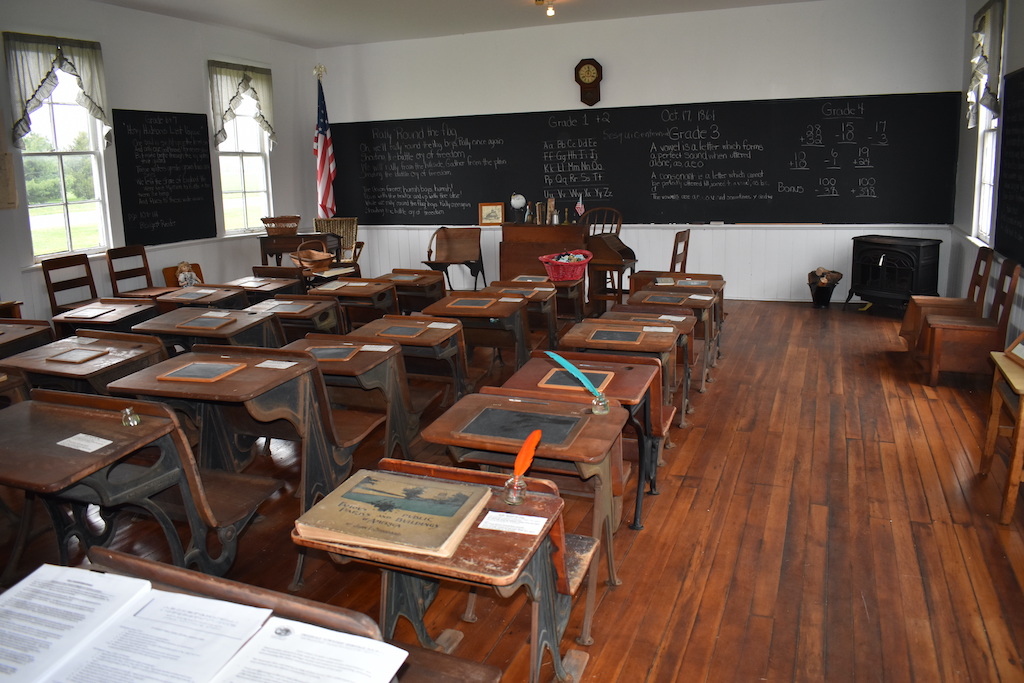
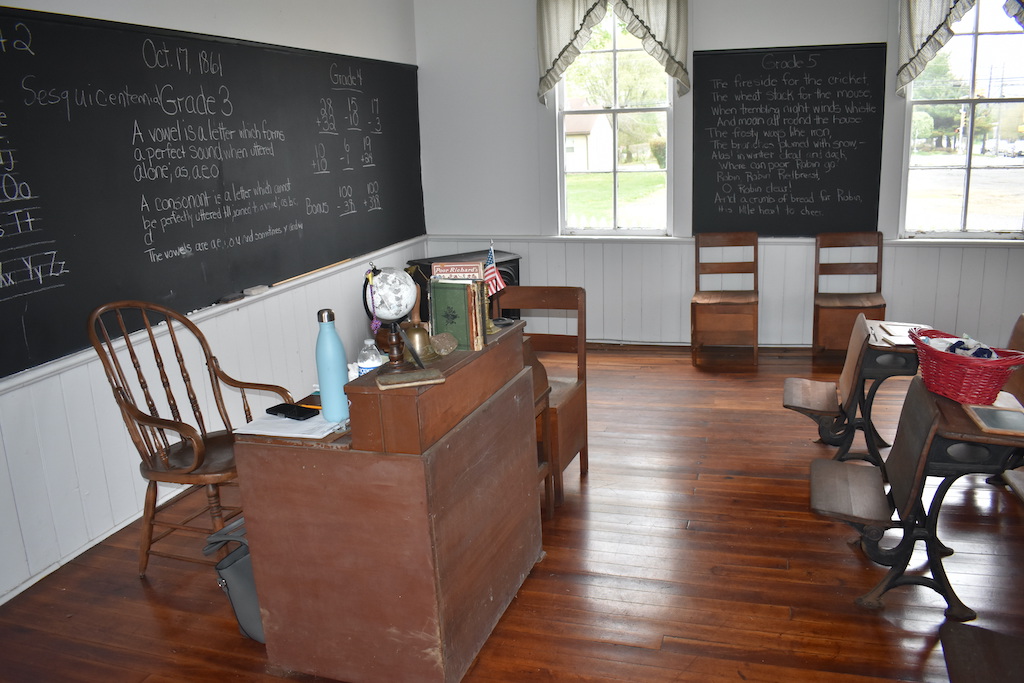
West Freehold Schoolhouse was in operation from 1847 up until 1935. It is party of the Walker-Combs-Harsthorne Farm, which later became the Oakley property.
The building that educated children in what was later numbered District 11, was occupied for instructional use until a 1936 township school consolidation.
While the commission has traced ownership to the late 17th century, this lot was deeded by Rulif R. Schanck, the source of a nickname “the Old Schanck School” to school trustees Samuel Conover, William W. Thompson and John H. Mount on June 8, 1847.
The Court Street School, located at 54 Avenue A in Freehold Borough, educated Black students from 1915-48. It is one of two still-standing formerly segregated schools in New Jersey and one of just five in the Northeast. It is on the National Register of Historic Places.
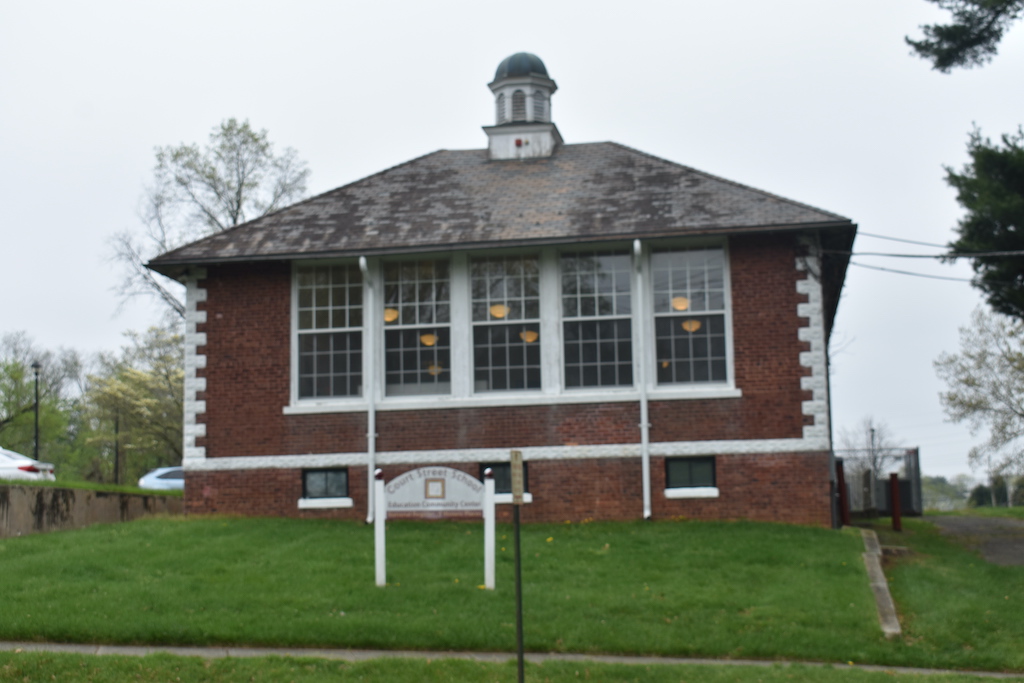
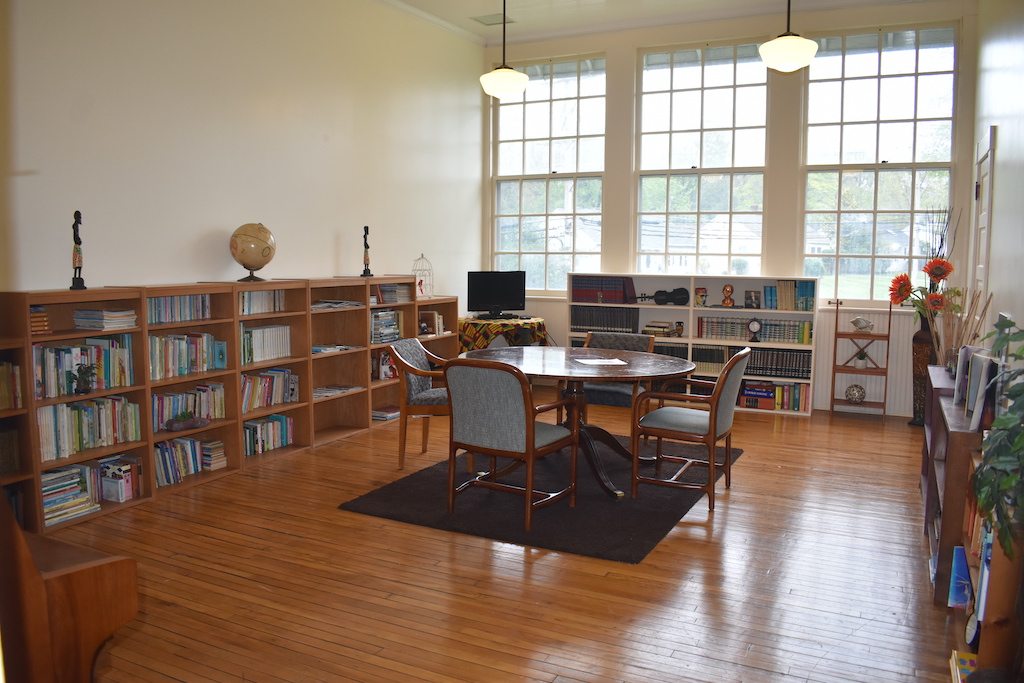
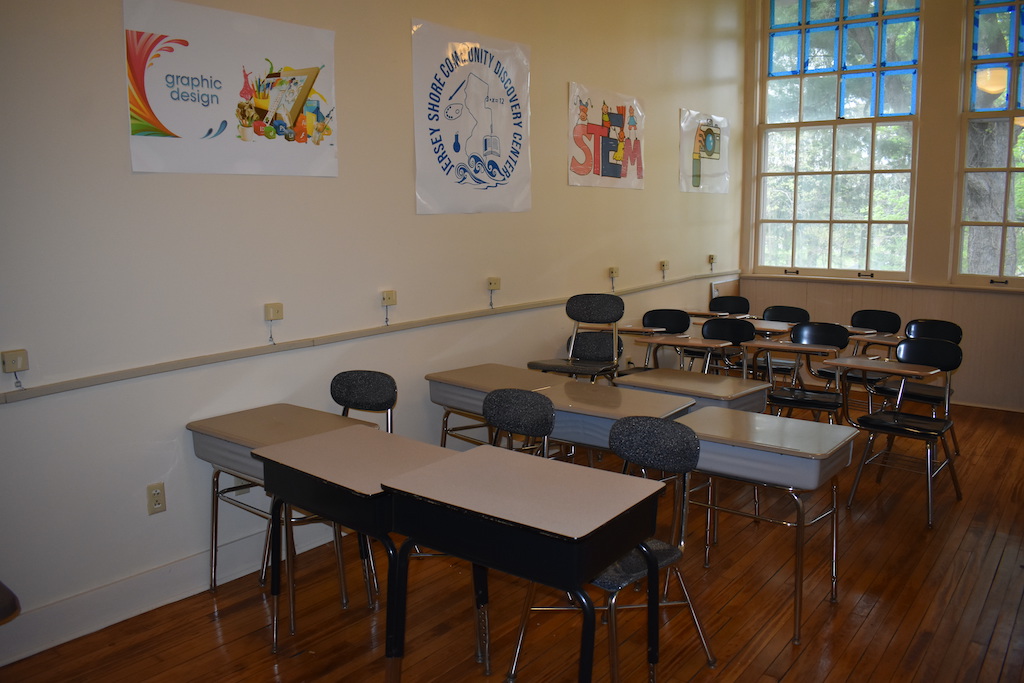
Court Street School in Freehold served Black students in Grades 1-8 but was integrated in the early 1950s, serving Black and White students through the third grade.
Court Street School first opened in 1913, down the hill from its current location. It was a small, one-story wooden building serving Black students in grades 1-8. The Freehold Borough Board of Education formalized the school in 1915.
The Great Migration – the relocation of Blacks from the rural South to take advantage of burgeoning industrial jobs in the North – boosted enrollment. In 1919, the Department of Education built the current structure. The two-classroom school then grew to four classrooms, with two or three grades to a room. Kindergarten was also added to the school.
During World War II, the school was used as an air raid shelter and ration station.
The school integrated in the early 1950s, serving Black and white students through the third grade. From the 1970s to the 1990s there were county offices inside, and since the ‘90s it’s been a community center.
The Montrose Schoolhouse, located at 13 Cedar Drive in Colts Neck, is the last of the township’s six one-room schoolhouses, and is the only one that retains its original architectural profile. Historians believe the structure was built before 1820, maybe 1790 or possibly 1805, but records are not determinant.
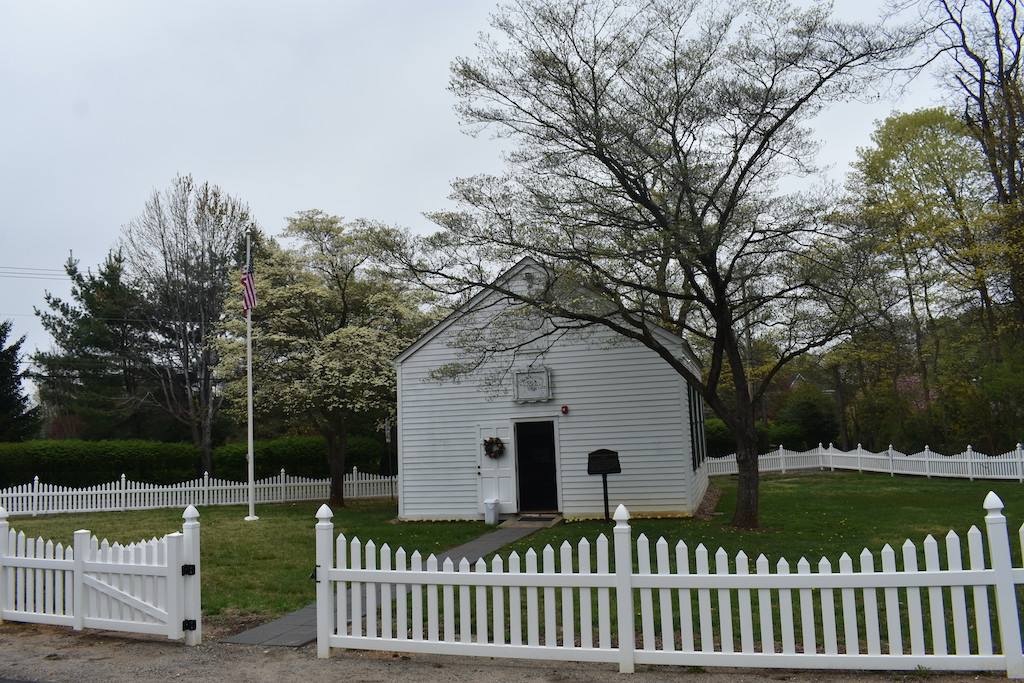
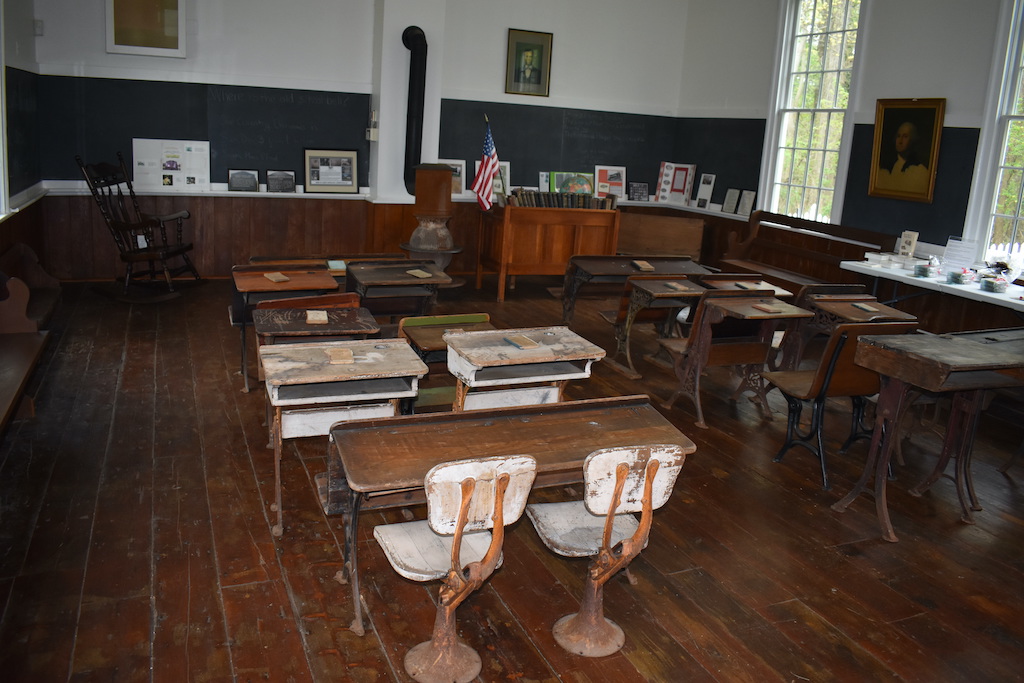
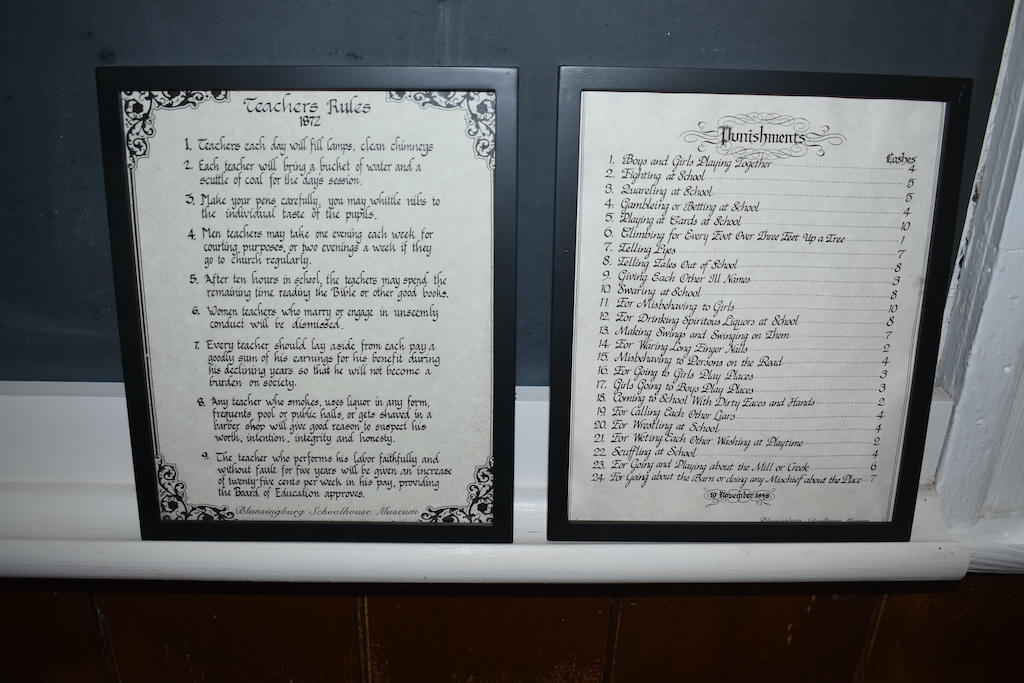
Montrose Schoolhouse in Colts Neck is the only schoolhouse in Western Monmouth County that retained its original architectural profile.
The Montrose School was originally known as the Barrenton School located in “the Barrens” just to the west and moved to its present location. Its name was changed at that time.
With the opening of the Atlantic School on Route 537 in 1922, the school ceased operation. It remained the property of the Emmans family until 1965 when it was donated to the now defunct Colts Neck Historical Society.
In 2003 the school was deeded to Colts Neck Township for $1 and restored by the Colts Neck Township Committee under the strict guidance of then-Mayor Lillian Burry and the Historical Preservation Committee. It retains its original pumpkin pine floors, a potbelly wood burning stove and a collection of period school desks.
The Blansingburg Schoolhouse Museum, located at 1701 New Bedford Road in Wall Township, was built in 1855. It was in use from 1856-1935.
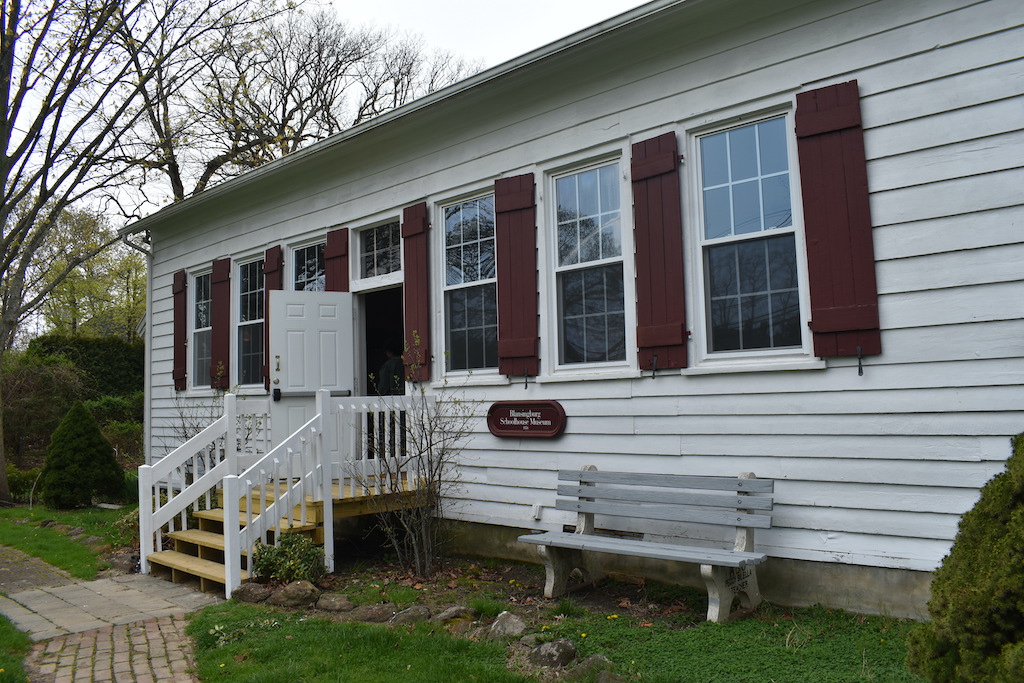
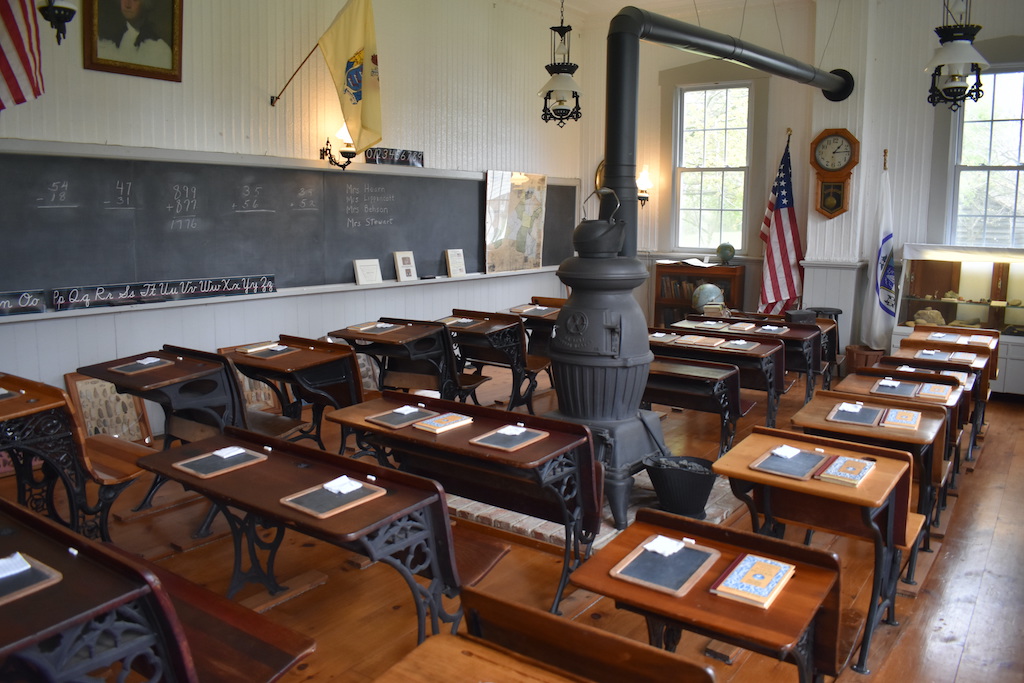
The Blansingburg Schoolhouse sits next to the Allgor-Barkalow Homestead in Wall Township, and is open to Wall Twp. second graders who learn about the history of the school and homestead.
In 1999 the building was relocated from its original location. The tin walls, ceiling, wainscoting and blackboard were still intact. It was restored and furnished with old desks, books and memorabilia.
It is currently used twice a week for teaching Wall Township’s second grade students, who get to tour the school. For their visit, girls are given pinafores and boys wear suspenders so they get a feel for school life in the 1800s; they do math on chalkboards, write on the chalk slates (instead of in notebooks) and read from McGuffy’s readers.
The Old Ardena Schoolhouse, located at 370 Old Tavern Road in Howell, was built in 1855, and was originally located across the street from the present-day Ardena Baptist Church on Route 524.

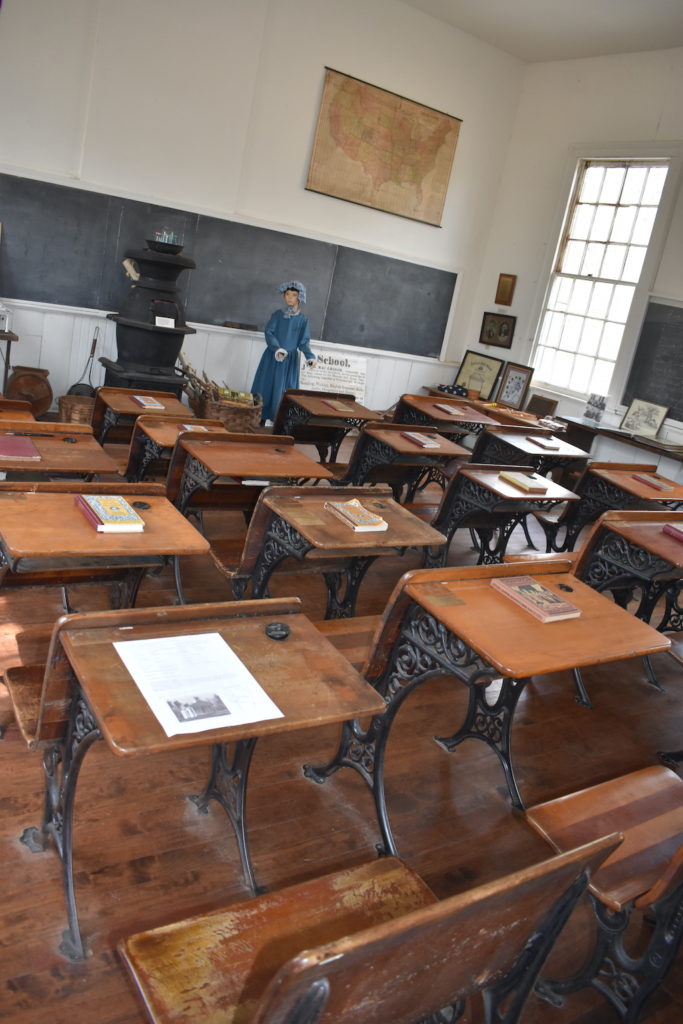
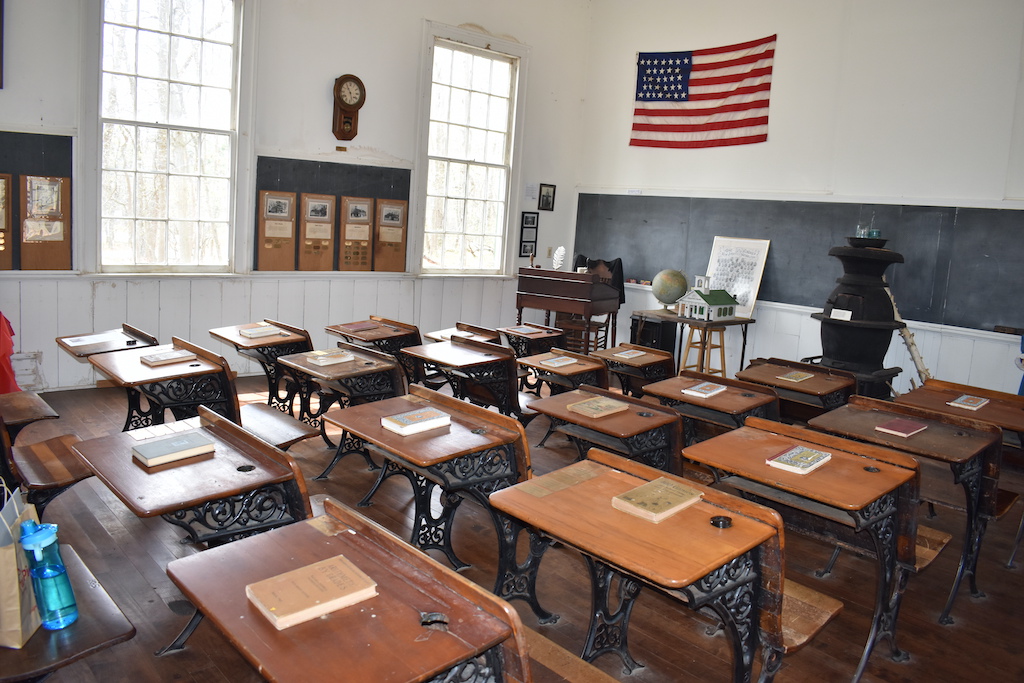
The Old Ardena Schoolhouse in Howell was built in 1855 but in mid-summer 1974 it was relocated to the corner of Old Tavern and Preventorium roads.
When Howell’s Ardena Consolidated School opened in 1938, the individual district schools were no longer needed. The old building was sold to neighbor Roy Matthews in 1939, and it became storage for his carpentry tools. In 1946 he sold it to Victor Griffin, who moved it to Burlington Road in Freehold Township, where it was used for his carpet-making business.
In 1973, there was a push by the Howell Historical Society to preserve the building, and they were able to purchase the schoolhouse for $3,000, and paid $1,400 to have it moved mid-summer of 1974 to the corner of Old Tavern and Preventorium roads where it currently sits.
The hope is to make the schoolhouse tour a biennial event, with the next one planned for 2025.

